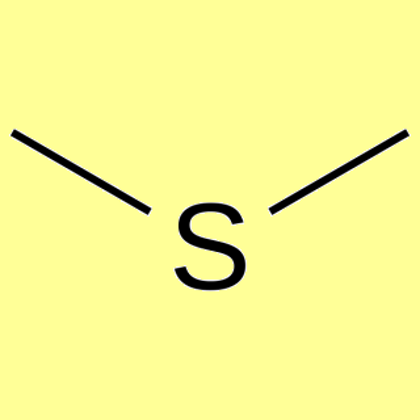
That hopeful claim has been made for more than two decades. That means DMS could help offset greenhouse warming. If DMS production is speeded up by global climate change, as many scientists believe it will be, then it could provide a cooling effect. As such, it helps drive the formation of clouds, which block solar radiation from reaching the Earth’s surface and reflect it back into space. Scientists believe it represents a large source of sulfur going into the Earth’s atmosphere. (See Seabirds Use Their Sense of Smell to Find Food.)ĭMS does far more than ring the birds’ dinner bell, though. Some seabirds, possessing a keen olfactory sense, use the scent to track down its source: blooms of algae floating near the ocean’s surface, where the microscopic animals, krill, and other crustaceans that gather to graze on algae provide the birds with a hearty meal. Part of what they’re all smelling is a little-studied gas known as dimethylsulfide, or DMS. What sailors called “the smell of the shore” had the opposite meaning to landlubbers, who would catch the same sweet scent wafting over the waves and think of it as “the smell of the sea.” Seabirds probably don’t have a name for it, but the odor means something to them, as well: the opening of an all-you-can-eat buffet. Journal of Phycology 28 (5): 590-597.For generations of mariners, a tangy, almost sweet odor served as a signal that land was nearby. "Sulfur: The plankton/climate connection.". ^ Malin, G Turner, SM Liss, PS (1992).Atmospheric Chemistry and Physics 5: 1505-1525. "Parametric sensitivity and uncertainty analysis of dimethylsulfide oxidation in the clear-sky remote marine boundary layer.". Environmental Science and Technology 40 (1): 202-207. "Dimethyl Sulfoxide (DMSO) Waste Residues and Municipal Waste Water Odor by Dimethyl Sulfide (DMS): the North-East WPCP Plant of Philadelphia.". ^ Glindemann, D., Novak, J., Witherspoon, J.^ University of East Anglia press release, Cloning the smell of the seaside, February 2, 2007."Inventorying emissions from nature in Europe". Puxbaum, Hans Shearer, Martha Skiba, Ute Steinbrecher, Rainer Tarrasón, Leonor Öquist, Mats G. ^ Simpson, David Winiwarter, Wilfried Börjesson, Gunnar Cinderby, Steve Ferreiro, Antonio Guenther, Alex Hewitt, C.Dimethyl sulfide has an unpleasant odor at even extremely low concentrations. The largest single commercial producer of DMS in the world is Gaylord Chemical Corporation, which is a significant economic component of the paper industry of Bogalusa, Louisiana.ĭimethyl sulfide is flammable and an irritant. It can also be oxidized by natural or artificial means to dimethyl sulfoxide, (DMSO), which has several important solvent properties. It also has a use as a food flavoring component. It is also used in a range of organic syntheses, also being a side product of Swern oxidation. In addition it is used to control dusting in steel mills. In industry it is used in petroleum refining and in petrochemical production processes to control the formation of coke and carbon monoxide. Recent research suggests that marine bacteria are reducing the amount of this important climate cooling gas given off from our seas.

Through this interaction with cloud formation, the massive production of atmospheric DMS over the oceans may have a significant impact on the Earth's climate. DMS is also produced naturally by bacterial transformation of dimethyl sulfoxide (DMSO) waste that is disposed of into sewers, where it can cause environmental odor problems.ĭMS is oxidized in the marine atmosphere to various sulfur-containing compounds, such as sulfur dioxide, dimethyl sulfoxide (DMSO), dimethyl sulfone, methane sulfonic acid and sulfuric acid.Īmong these compounds, sulfuric acid has the potential to create new aerosols which act as cloud condensation nuclei. While Andrew Johnston, of the University of East Anglia, has characterized DMS as being the "smell of the sea", it would be more accurate to say that DMS is a component of the "smell of the sea," another being pheromones of algae called dictyopterenes.

Emission occurs over the oceans by phytoplankton. 1 Natural sources and link with climateĭMS is the most abundant biological sulfur compound emitted to the atmosphere.


 0 kommentar(er)
0 kommentar(er)
